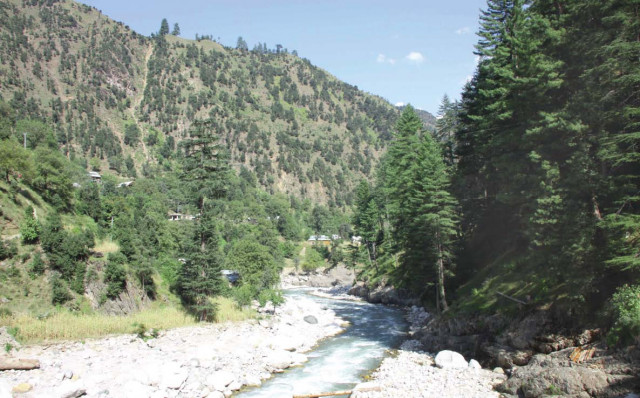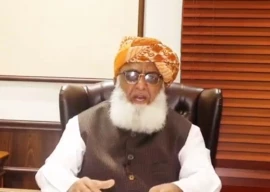
The valley was badly hit in the 2005 earthquake and suffered heavily in the 2010 flood, and both disasters devastated almost the same districts.
Thousands who were left homeless face the risk of starvation and outbreak of epidemic diseases. According to relief workers from non-governmental aid agencies, the problem is compounded due to a lack of food stocks and proper sanitation.
Accessibility is one of the major hurdles as most link roads and bridges in the area are yet to be reconstructed after they were damaged four months ago in the flood.
“People have to use ponies and mules or carry the load on their shoulders to transport food items from markets to homes,” said Tariq Mahmood Chughtai, a resident of Kundal Shahi area of the Neelum Valley.
Both national and international aid agencies are providing emergency relief to flood survivors, but a lot remains to be done before the affected population is fully rehabilitated.
“Our organisation provided food to flood survivors in Jagran area of Neelum Valley but many in the high-altitude areas still need food, warm clothes, blankets and other items to cope with the severe winter,” said Mubashir Niaz, chairperson of a local NGO Health, Education, Environment and Development Association (HEED).
He said that harsh winter was just around the corner and in the coming days, when the temperature falls below zero degrees Celsius, the miseries of those living in high-altitude areas without electricity will only be compounded.
Niaz said that the most vulnerable sections of society comprised children and the elderly, who are prone to diseases like pneumonia and typhoid.
In his list of the most critical items needed for flood survivors, Niaz included food and non-food items like cooking stoves, gas cylinders, blankets, mattresses and warm clothes. “Our organisation has a vast network of branches and field volunteers, and we are prepared to swiftly distribute these supplies among the affected people,” he added.
Published in The Express Tribune, November 21st, 2010.


















COMMENTS
Comments are moderated and generally will be posted if they are on-topic and not abusive.
For more information, please see our Comments FAQ